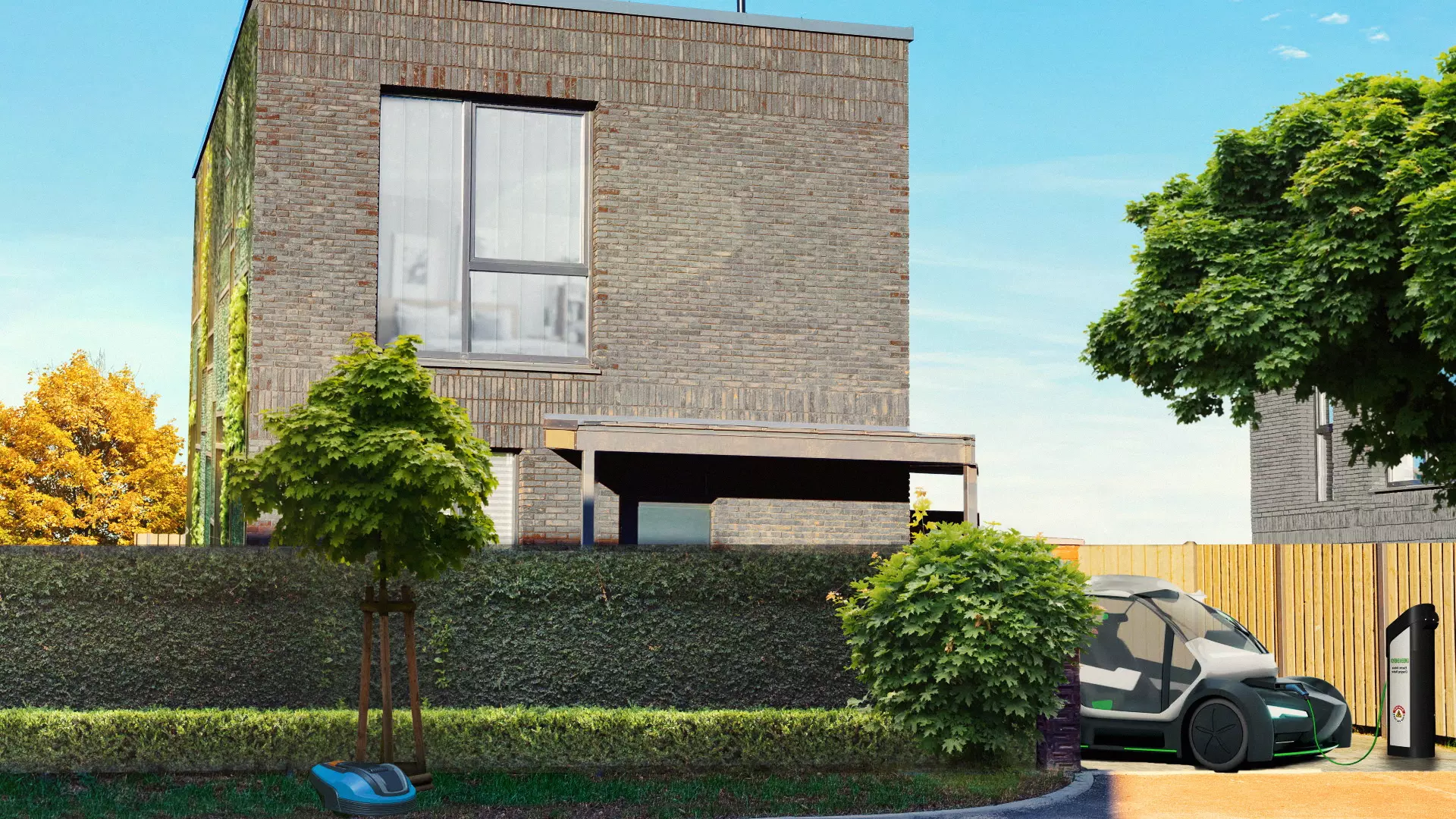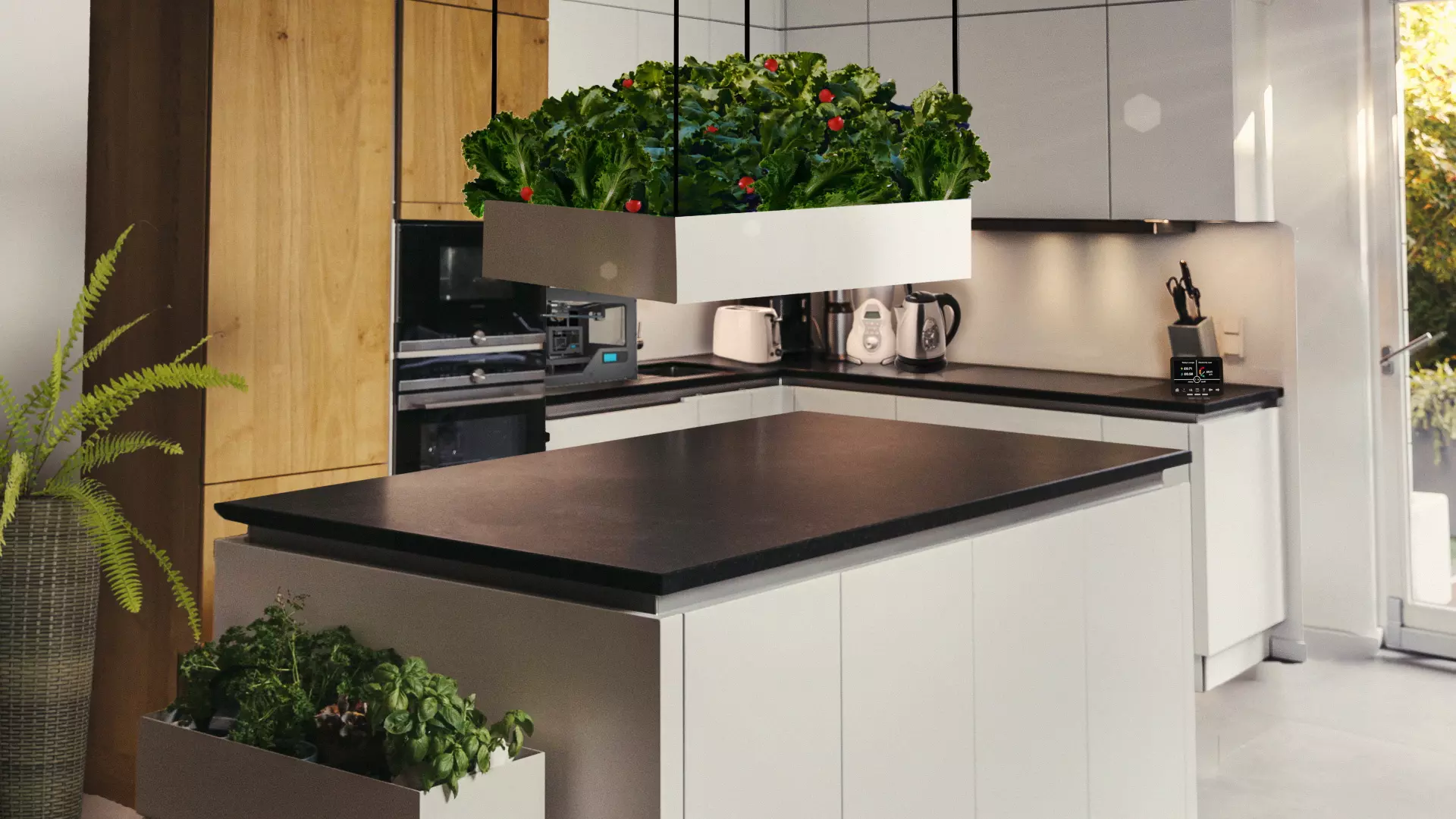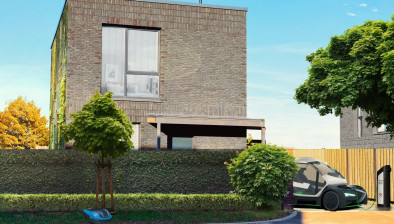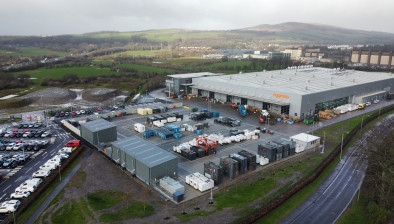And finally… How Scots imagine the smart eco-home of the future will look
Scots predict the eco homes of the future will have a giant battery to store energy from the sun and include windows which adapt to light to keep your home hot or cold without the need for heating or air conditioning.

Others anticipate a life where we can live entirely on recycled rainwater, or even having micro-turbines in homes to help generate energy (23%).
In a survey of 200 Scottish adults conducted by One Poll, 69% revealed they would like a more eco-friendly home, but almost two in 10 (16%) don’t know how to go about it and over two thirds (70%) think it’s too expensive. Despite this, 81% of Scots are interested in new technology which would make their homes greener.
The poll also showed that owning a composting bin and energy-efficient white goods, and having a smart meter and a water-efficient showerhead installed, are just some of the small steps the nation is already taking to create a more sustainable way of living.
To see whether they are correct, Smart Energy GB brought together a panel of experts to visualise what the smart eco home – the Smart E-Home - of the future could look like, complete with smart toilets, living rooms which transform colour, texture and shape via voice-command, community-based electric vehicle car-pooling and living kitchens with hydroponic fruit and veg gardens.

Smart Energy GB, Go Ultra Low and a panel of experts passionate about the environment, engineering, architecture, futurology and electric vehicles, met to discuss the technologies evolving now which could mean that these innovations become a reality in the not too distant future.
Key components include:
- Bed sheets which can be different temperatures according to bed partners’ individual preferences
- Smart cushions and furniture which change colour, fabric and texture using augmented reality, reducing the need to replace them when you redecorate
- Hydroponic indoor gardens which, with efficient light use, will mean we’ll have fresh vegetables to harvest in our own kitchens - these could take up as much space as a wall cabinet or bookshelf
- An electric vehicle charging station and vehicle – one giant battery for your home and energy for neighbourhood usage, with neighbourhood carpooling providing an alternative to public transport
- Bathrooms which track your health statistics in real-time
- Toilets which turn waste into fuel
Smart meters, which are the building blocks of a smart energy grid, are a key part of this future. They will provide the grid with information to add more capacity when needed, change our electricity consumption patterns and make it easier to add electric vehicles, solar panels, wind turbines and heat pumps to the energy system.
Futurologist Dr Ian Pearson said: “The future will give us richer lives with a lower environmental impact. It’s encouraging to see adults will prioritise reducing their energy demand via smart windows, solar panels and paints, and small wind energy harvesters, and then using smart meters to allow any extra energy to be sourced from renewables.”
Poppy Welch, head of Go Ultra Low, said: “Drivers are becoming increasingly aware of the environmental and financial benefits of making the switch to electric vehicles. We have seen significant year-on-year increases in electric vehicle registrations and our future homes will benefit from being optimised for the new way we travel and charge. Considering the current rate of uptake, we fully expect electric cars will soon become the new normal. With most drivers usually charging their electric vehicles at home, overnight, smart metering helps you to do so using cheaper and greener electricity – a great way of reducing your fuel costs even further, whilst taking care of the planet at the same time.”























